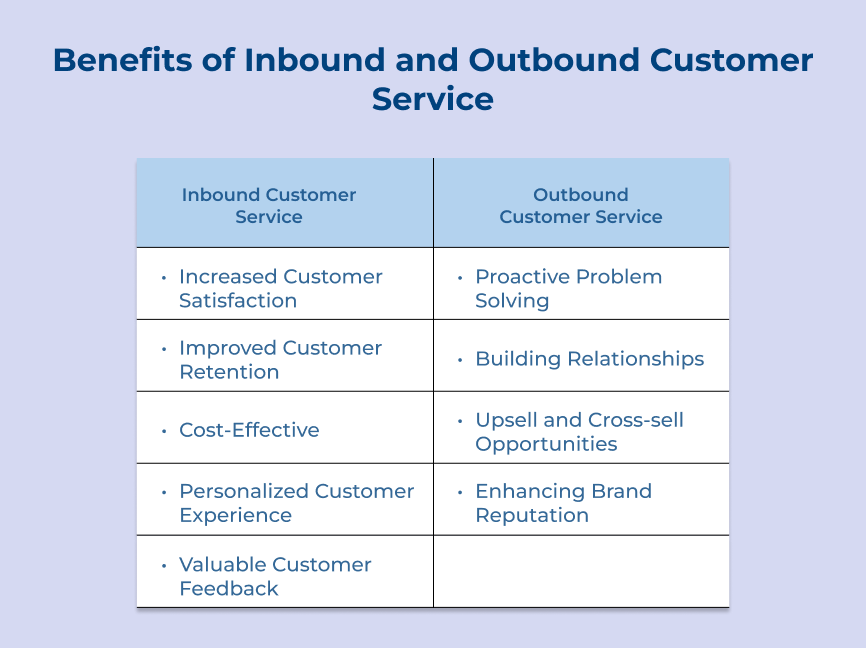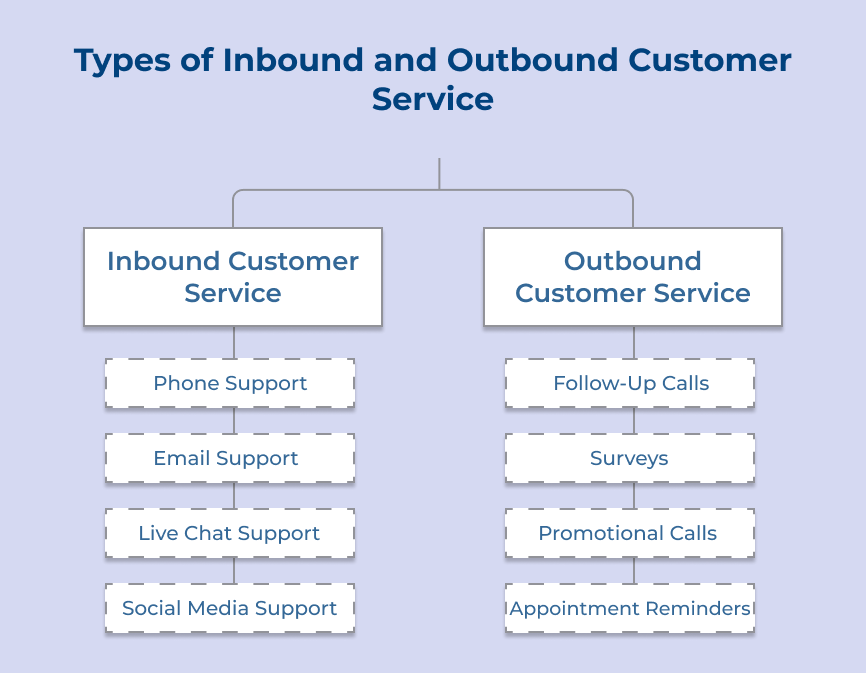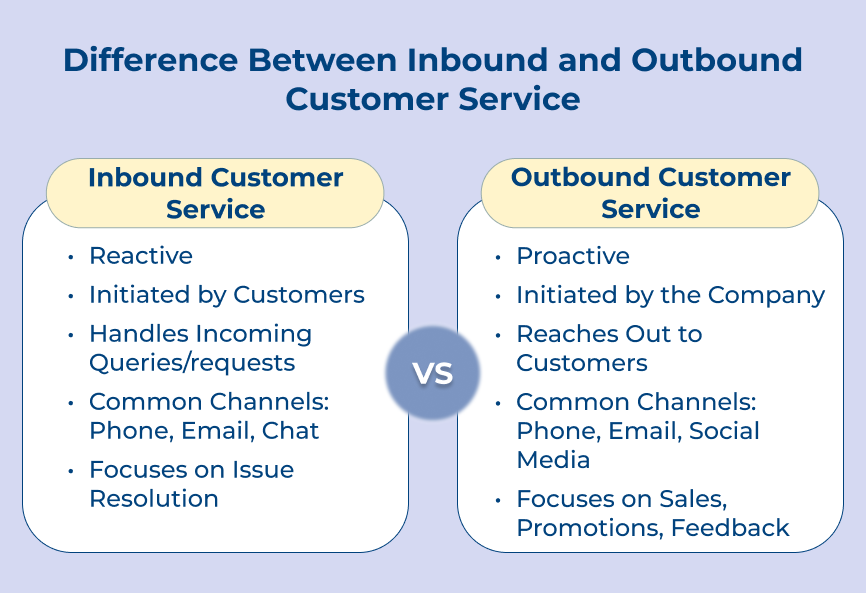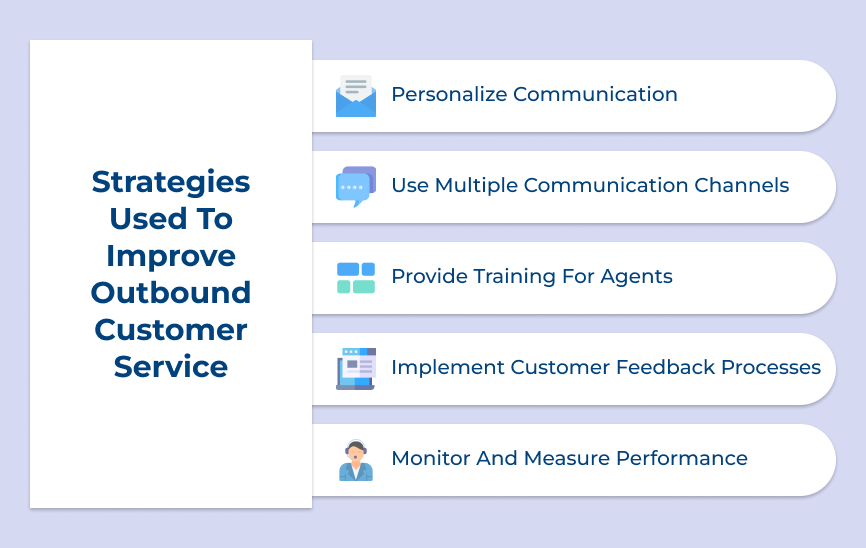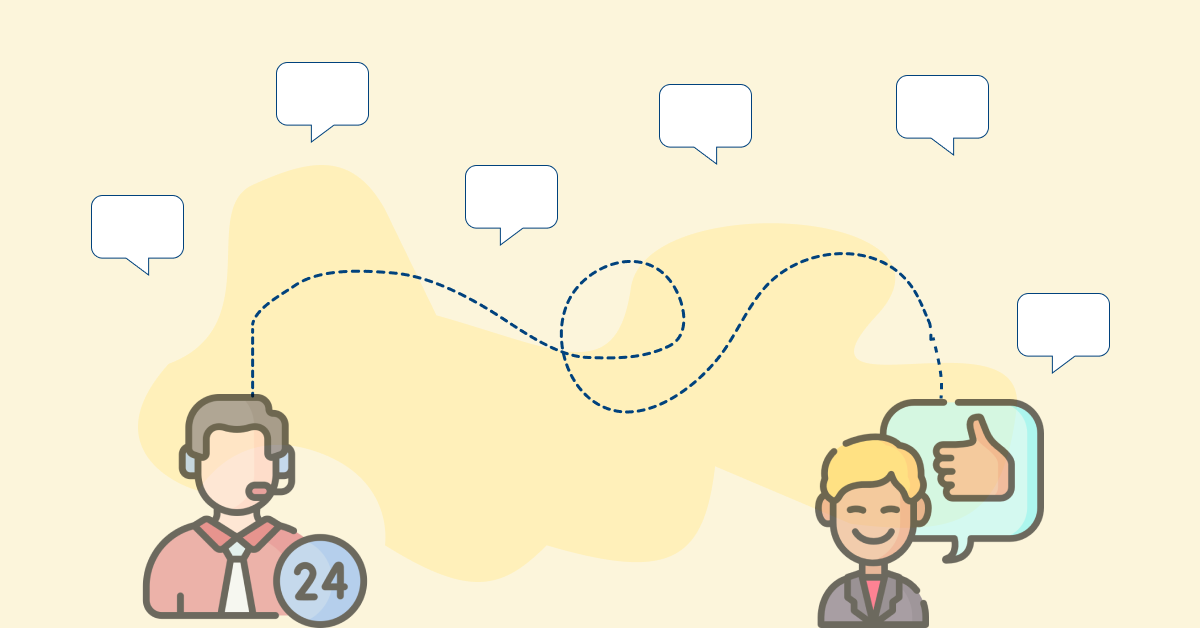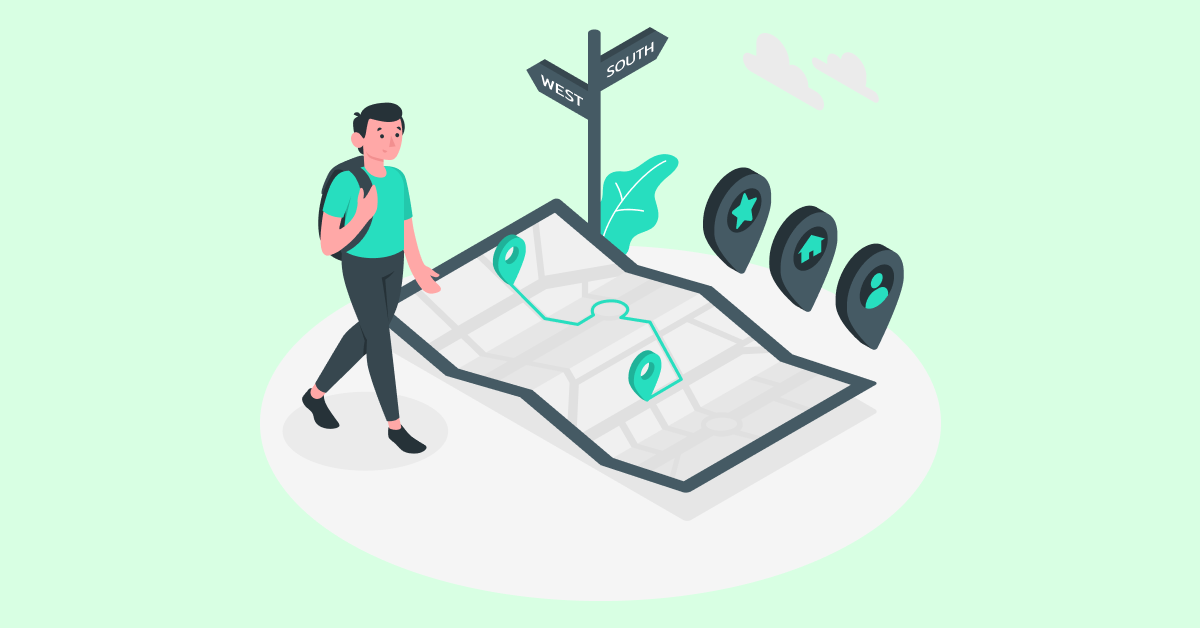1. Nature of Communication
Communication plays a vital role in customer service. Understanding the nature of communication is crucial in distinguishing between inbound and outbound customer service. Inbound customer service involves communication that is initiated by the customer. It focuses on addressing customer inquiries, providing assistance and resolving issues. Inbound customer service is reactive in nature, as it responds to the needs and requests of customers.
Outbound customer service involves communication that is initiated by the business. It includes reaching out to customers for follow-ups, surveys, promotions and sales pitches. Outbound customer service is proactive in nature, as it aims to engage customers and drive sales.
Key takeaways:
- Inbound customer service allows businesses to prioritize the needs and concerns of customers. Leading to enhanced customer satisfaction and loyalty.
- Inbound communication promotes meaningful interactions with customers, helping businesses build long-lasting relationships and trust.
2. Customer Expectations
When it comes to customer expectations, inbound customer service is preferred by customers. Customers actively seek assistance and have a higher level of expectation in terms of responsiveness or resolution. Customers expect quick and effective solutions to their queries or issues, resulting in higher satisfaction levels.
Outbound customer service may not always meet the same level of expectations as customers may feel interrupted or pressured by unsolicited sales calls and messages.
Key takeaways:
- Inbound customer service is considered better in terms of customer expectations as customers are more likely to have positive experiences when they actively seek assistance.
- Outbound customer service may lead to lower satisfaction levels as customers may feel interrupted or pressured by unsolicited outreach.
3. Response Time
Customers reach out to the company for assistance in inbound customer service. It can be through phone calls, emails or chats. The response time in inbound customer service is crucial as customers expect quick and efficient assistance when they have an issue. Companies need to prioritize responding promptly to these inbound inquiries to provide a positive customer experience.
Outbound customer service involves the company reaching out to customers proactively. It can be through follow-up calls, surveys or marketing campaigns. The response time in outbound customer service may not be as immediate as in inbound, as the company is initiating the communication. It is still important to respond promptly to customer feedback or inquiries to maintain customer satisfaction.
Key takeaways:
- Quick response times in inbound customer service can lead to higher customer satisfaction and loyalty.
- In outbound customer service, timely follow-up and responses can help build engagement with customers.
4. Focus on Customer Experience
The primary focus in inbound customer service is on being available and responsive to customers who reach out with questions, concerns or feedback. The approach emphasizes listening to the customer, addressing their needs proactively and providing personalized support. The goal is to create a positive interaction that leaves the customer satisfied and loyal to the brand.
Outbound customer service involves reaching out to customers before they even realize they have a need. It can include proactive outreach for marketing purposes or follow-up calls after a purchase. Outbound service can be effective for upselling or cross-selling but it may not always prioritize the customer experience in the same way that inbound service does.
Key takeaways:
- In terms of focus on customer experience, inbound customer service is generally considered to be better. It is because it puts the customer’s needs and preferences at the forefront of interactions. Leading to more meaningful and satisfying engagements.
- Inbound service allows companies to gather valuable feedback and insights from customers. Which can help improve products and services in the long run.
5. Technology
Inbound and outbound customer service both play a crucial role in maintaining positive customer relationship management. The key difference between the two lies in the use of technology. Inbound customer service relies heavily on technology such as chatbots, self-service portals and CRM systems to efficiently handle customer inquiries. These technologies allow businesses to provide personalized and timely responses to customer queries.
Outbound customer service typically involves more traditional methods such as phone calls and emails. Technology can still be used to automate and streamline these processes. Outbound customer service tends to be more proactive in reaching out to customers rather than waiting for them to initiate contact.
Key takeaway:
- Inbound customer service is often considered more efficient and effective than outbound customer service. It is because the use of automation and data analytics in inbound customer service allows businesses to better understand customer preferences. Leading to more personalized interactions.
- The use of self-service portals can empower customers to find answers to their questions on their own, reducing the workload on customer service agents.
6. Cost and Resources
When it comes to customer service, there are two main approaches that businesses can take: inbound and outbound. One key difference between these two methods is the cost and resources required to implement them. In terms of cost and resources, inbound customer service may require more staff to handle a high volume of incoming inquiries. It can result in higher operating costs, but it also allows businesses to proactively address customer needs and concerns.
The approach may require less staff compared to inbound customer service. The focus is on initiating contact with customers rather than responding to incoming inquiries. Outbound customer service may require more resources in terms of marketing and communication efforts.
Key takeaway:
- Inbound customer service may be better suited for businesses with a high volume of customer inquiries. It allows for a more proactive approach to addressing customer needs.
- Outbound customer service may be more cost-effective for businesses looking to initiate contact with customers and drive sales.
Strategies Used to Improve Outbound Customer Service
Below we will go through some effective strategies used to elevate outbound customer service and create memorable customer experiences that drive satisfaction.






